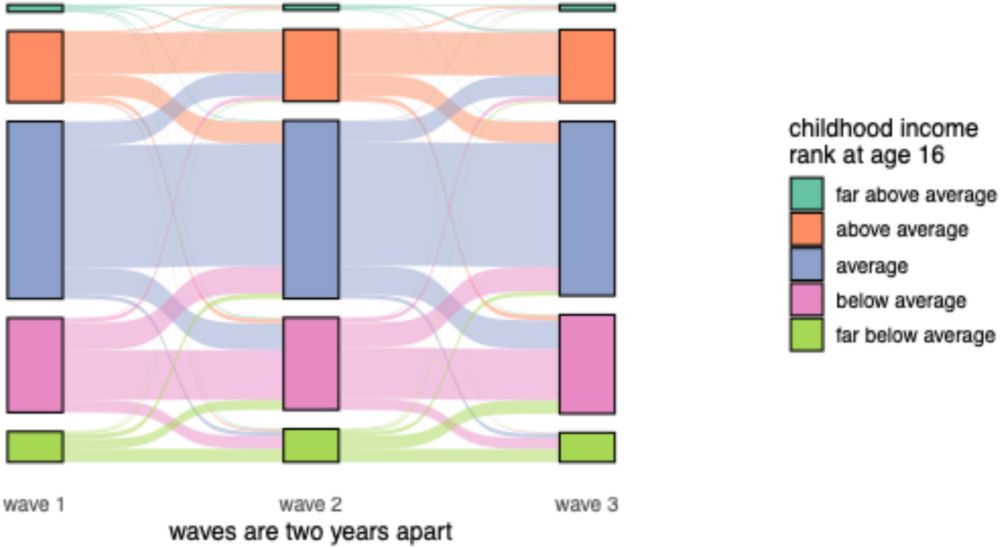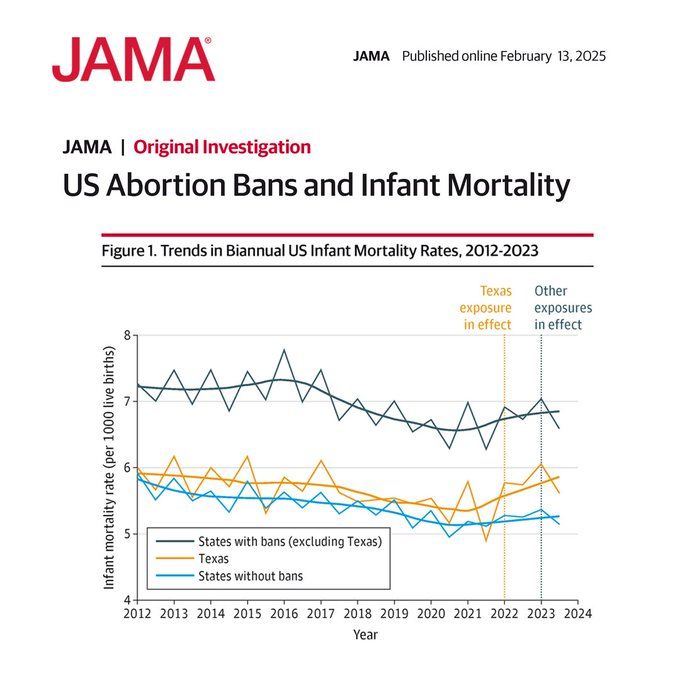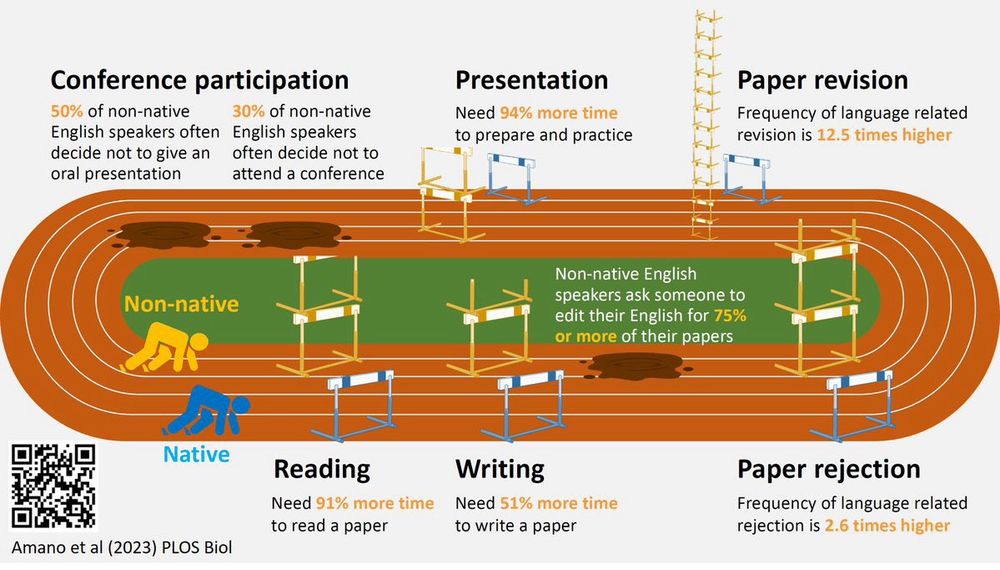
iaejup.fa.ocs.oraclecloud.com/hcmUI/Candid...

iaejup.fa.ocs.oraclecloud.com/hcmUI/Candid...
Please share with your networks. I am the search chair and happy to answer questions!

Please share with your networks. I am the search chair and happy to answer questions!
Edited by Kristin Naragon-Gainey and @kstanton.bsky.social
Here's their overview paper: psycnet.apa.org/record/2026-...
And here's our contribution, which will win us no friends:
psycnet.apa.org/record/2026-...
Edited by Kristin Naragon-Gainey and @kstanton.bsky.social
Here's their overview paper: psycnet.apa.org/record/2026-...
And here's our contribution, which will win us no friends:
psycnet.apa.org/record/2026-...
We show that networks are often supported by too little evidence from the data for results to be reported with confidence, not meaning that results are flawed but rather suggests caution in interpretation.

We show that networks are often supported by too little evidence from the data for results to be reported with confidence, not meaning that results are flawed but rather suggests caution in interpretation.
doi.org/10.1007/s112...
🧵👇 (1/5)

www.sciencedirect.com/science/arti...



www.sciencedirect.com/science/arti...
careers.nau.edu/jobs/assista...

careers.nau.edu/jobs/assista...
psycnet.apa.org/record/2025-...
psycnet.apa.org/record/2025-...
Our new preprint shows how to estimate internal consistency reliability in EMA data:
➡️n~1150, 3 months data, 4 scales
➡️6 nomothetic & idiographic methods
➡️2 timescales (4/day & 1/week)
➡️2 languages (ENG vs NL)
➡️separation of between & within person reliability.
#psychscisky #stats
I arrived at the conclusion that (1) there's a lot of interesting stuff about interactions and (2) the figure I was looking for does not exist.
So, I made it myself! Here's a simple illustration of how to control for confounding in interactions:>
ja.ma/4aVchPn
#MedSky

ja.ma/4aVchPn
#MedSky
statmodeling.stat.columbia.edu/2025/01/17/7...
statmodeling.stat.columbia.edu/2025/01/17/7...
When they do, they face a 2.5 times higher chance of being rejected because of language
journals.plos.org/plosbiology/...

When they do, they face a 2.5 times higher chance of being rejected because of language
journals.plos.org/plosbiology/...
julkaisufoorumi.fi/en/news/chan...

1) contributors to the replication crisis(e.g., p-hacking, publication bias, researcher degrees of freedom)
2) initiatives to address it (e.g., preregistration, sharing data and code, registered reports).
Any tips?
1) contributors to the replication crisis(e.g., p-hacking, publication bias, researcher degrees of freedom)
2) initiatives to address it (e.g., preregistration, sharing data and code, registered reports).
Any tips?
A new tool for power analysis of longitudinal linear mixed-effects models (LMMs) – with support for missing data, plus non-inferiority and equivalence tests.
powerlmmjs.rpsychologist.com
Would really appreciate your feedback as I refine this app! Details below 🧵👇
A new tool for power analysis of longitudinal linear mixed-effects models (LMMs) – with support for missing data, plus non-inferiority and equivalence tests.
powerlmmjs.rpsychologist.com
Would really appreciate your feedback as I refine this app! Details below 🧵👇
docs.google.com/document/d/1...

docs.google.com/document/d/1...
Our new preprint shows how to estimate internal consistency reliability in EMA data:
➡️n~1150, 3 months data, 4 scales
➡️6 nomothetic & idiographic methods
➡️2 timescales (4/day & 1/week)
➡️2 languages (ENG vs NL)
➡️separation of between & within person reliability.
#psychscisky #stats



